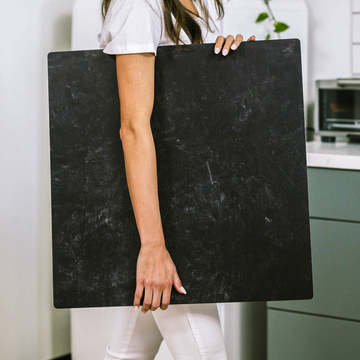You've spent hours perfecting that chocolate cake. The drizzle is Instagram-worthy, the berries are placed just so, and the lighting is soft and flattering. But when you post it? Crickets. What gives?
Here's the secret no one tells you: your background is doing 50% of the work. That's right - while you're obsessing over garnish, your backdrop is silently making or breaking your food photos.
Why Your Background Matters More Than You Think
Our brains make snap judgments about food before we even taste it. Research shows:
- A salad on marble looks expensive
- Chocolate on slate feels indulgent
- Bread on wood reads as homemade
I learned this the hard way when my "perfect" avocado toast kept getting ignored. Then I swapped my white plate for a rustic wood board - engagement doubled overnight.
The Background Cheat Sheet
- Dark surfaces (black slate, charcoal): Ideal for rich foods like steak or chocolate
- Light surfaces (white marble, cream): Best for fresh, clean foods like salads
- Textured surfaces (concrete, linen): Adds depth to artisanal products
3 Pro Tricks You Can Steal Right Now
1. The $5 Studio Hack: Grab marble-print vinyl flooring samples from hardware stores. They photograph like the real thing.
2. The Shadow Saver: Place a white foam board opposite your light source to soften harsh shadows on textured backdrops.
3. The Engagement Booster: Test the same dish on different backgrounds and watch which version performs better.
Remember: Your background isn't just decoration - it's a silent salesperson for your food. Choose wisely!
What's your go-to food photography surface? I'm always hunting for new ideas - drop your favorites in the comments!



